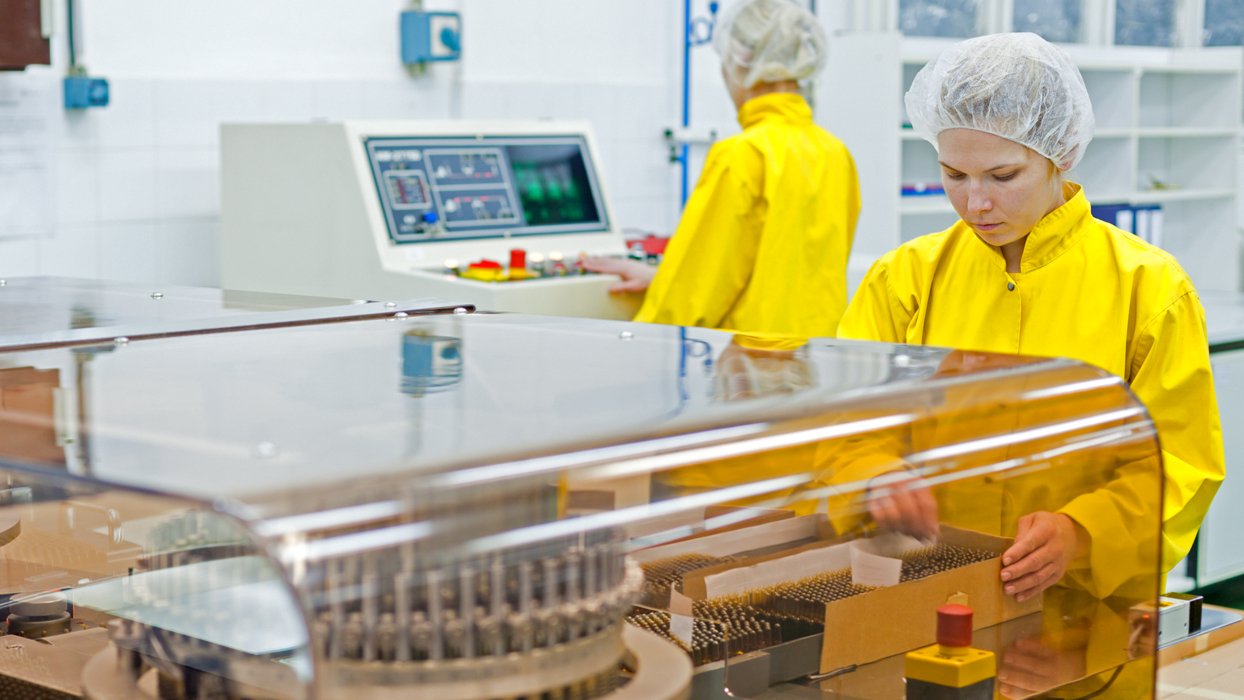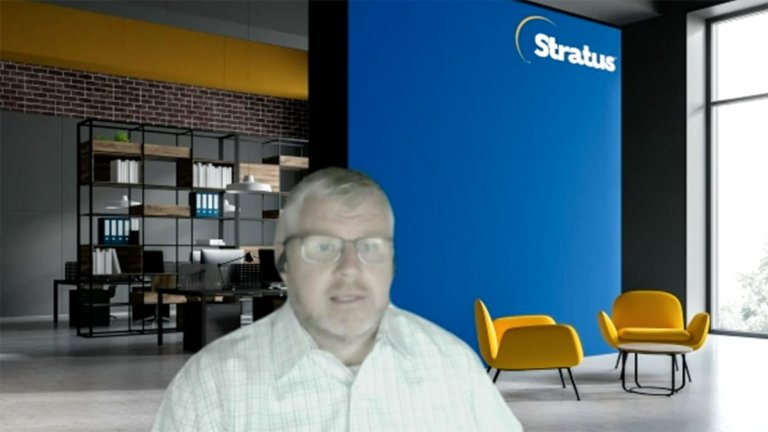Decades-Long Journey
Eli Lilly and Co.’s path to IT/OT convergence began in the 1980s and 1990s, when the boundaries of IT and OT started to expand and overlap.
For example, IT solutions expanded from financial and data processing to address transaction-management requirements on the manufacturing floor. And process automation expanded from proprietary, stand-alone digital controllers to integrated networks running on IT hardware.
In the early 2000s, the company’s manufacturing operations experienced incidents resulting directly from conflicts, gaps and overlaps between OT and IT domains. These incidents led to issues like production stoppages and cost-overruns for solution deployments.
Initially, process automation was moved from the engineering organization to the IT organization. But leadership later realized what matters isn’t who reports to who, but rather how the teams interact.
Actions were taken to better define areas of responsibility and implement shared governance. Engineering leaders joined the IT lead team, while IT senior directors were aligned with engineering senior directors. IT also assumed responsibility for providing manufacturing network services and server support, while engineering assumed responsibility for areas like process control software and logic.
“In the last 10 to 15 years, we really have started to partner together, whether it is on life-cycle management projects and upgrades that we’re doing, or in identifying new technologies and new places where we want to move forward,” explains Dave Sternasty, vice president of corporate engineering and global health, safety and environment (HSE) at Eli Lilly. “I would say that the partnership between IT and OT is really strong and is one of the things that we see as a key to our success.”




